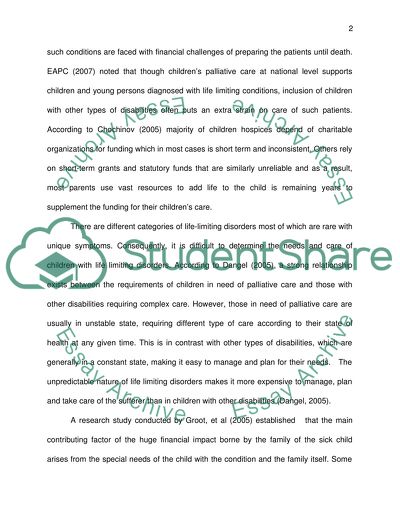Cite this document
(“Family Having a Child with Life-Limiting Illness Thesis”, n.d.)
Retrieved from https://studentshare.org/social-science/1405731-financial-impact-on-family-of-having-a-child-with
Retrieved from https://studentshare.org/social-science/1405731-financial-impact-on-family-of-having-a-child-with
(Family Having a Child With Life-Limiting Illness Thesis)
https://studentshare.org/social-science/1405731-financial-impact-on-family-of-having-a-child-with.
https://studentshare.org/social-science/1405731-financial-impact-on-family-of-having-a-child-with.
“Family Having a Child With Life-Limiting Illness Thesis”, n.d. https://studentshare.org/social-science/1405731-financial-impact-on-family-of-having-a-child-with.


